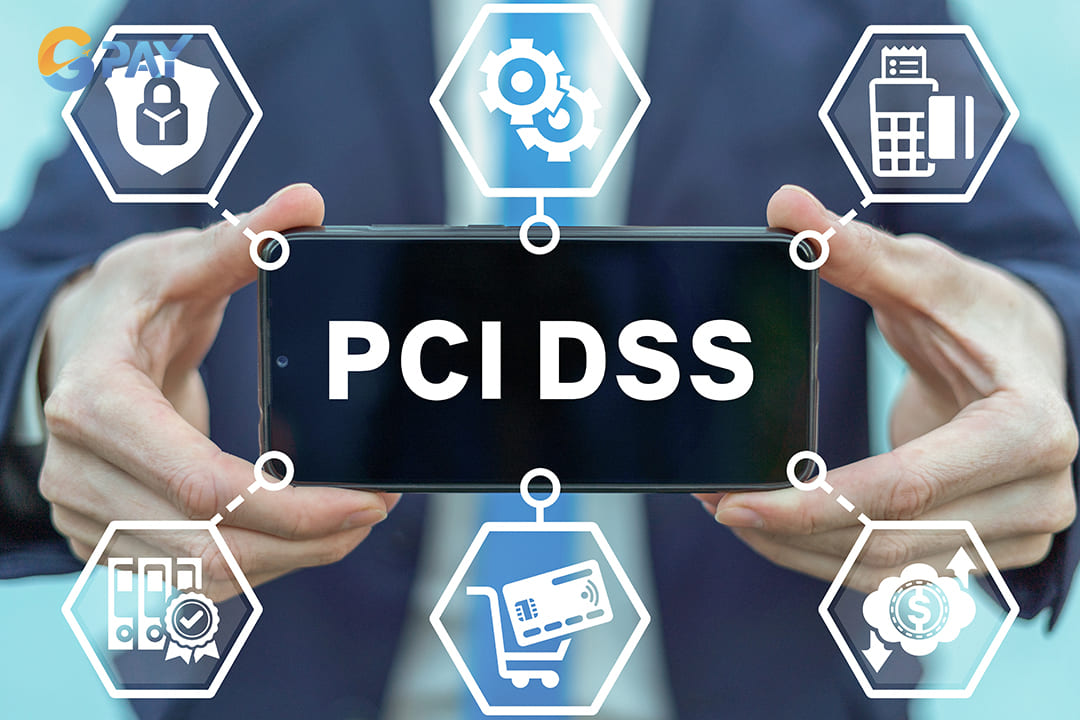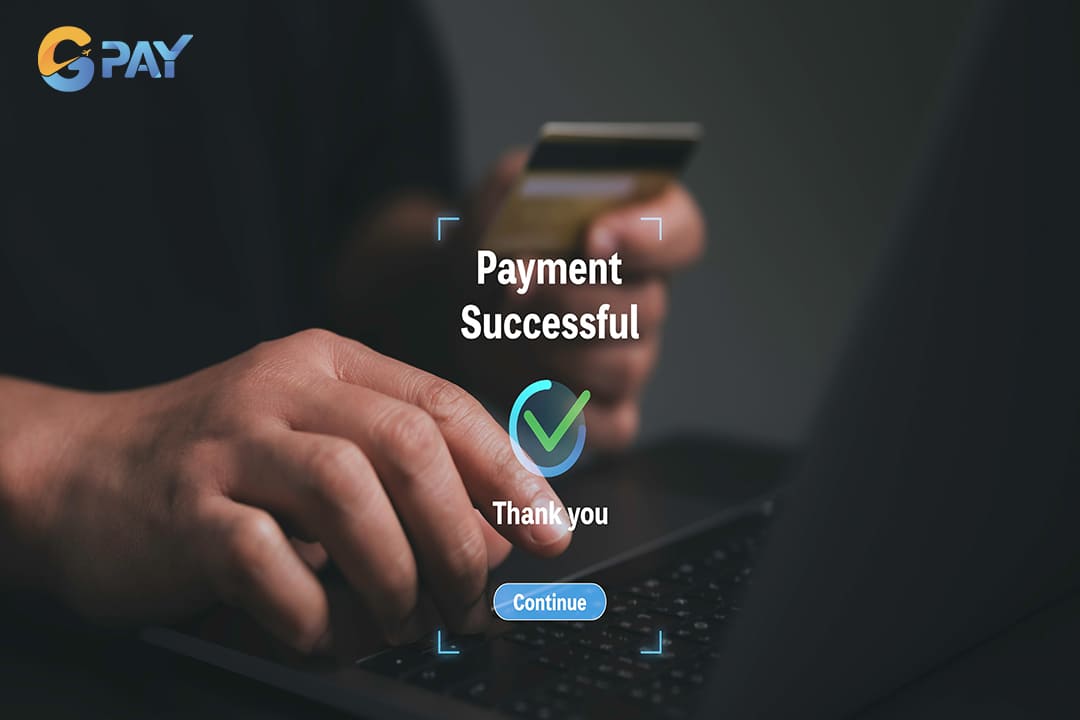As online learning continues to thrive, offering a seamless and professional payment experience has become an essential part of every e-learning platform's success. Today’s learners expect high-quality educational content and convenience in how they access and pay for it. By integrating a secure, fast, and user-friendly online payment gateway, education providers can meet those expectations, increase course enrollment rates, and boost operational efficiency. Website owners need to understand how payment systems work fully, evaluate key factors like security, compatibility, and cost, and make informed decisions during implementation. Let’s GPay help you know more about key considerations when integrating online payments.
Why should you integrate an online payment gateway into your e-learning website?
A payment gateway serves as a bridge that connects your website’s checkout system to the customer’s bank account or credit card provider. It enables real-time transactions, reduces operational hassles, and supports automated processes.
Here are some key benefits:
- Time-saving and convenient for learners: They can register and pay for courses instantly without visiting a bank or contacting support. This increases the likelihood of completing a purchase.
- Enhanced user experience: A fast and smooth payment process helps build trust and makes your platform appear more professional and reliable.
- Lower cancellation and dropout rates: When learners don’t face payment delays or friction, they are less likely to abandon their enrollment.
- Automated financial flow: Payments are processed, recorded, and confirmed in real-time, helping your admin team manage revenue more efficiently.
- Support for recurring payments and promotions: Many gateways support subscription models or coupon codes, which are useful if your e-learning platform offers membership-based content.

A payment gateway serves as a bridge that connects your website’s checkout system to the customer’s bank account or credit card provider
How does an online payment gateway work on a website?
Online payment gateways are not just tools, they are secure infrastructures that facilitate the entire transaction cycle between your website and the financial systems of learners.
A step-by-step overview of the payment process
Initiating the transaction: When a learner selects a course and proceeds to checkout, their order details are encrypted by the browser using SSL (Secure Sockets Layer).
- Sending data to the server: The encrypted data is transmitted to your website’s server and then forwarded to the integrated payment gateway.
- Forwarding to the payment processor: The payment gateway communicates with the payment processor and sends the transaction request to the cardholder’s issuing bank.
- Authorization check: The bank verifies the details (such as available funds and card validity) and returns an authorization response (approved or declined).
- Transaction result: The payment processor passes this response back to the gateway, which then notifies your website. The user is informed immediately whether the payment was successful.
- Funds transfer: If approved, the payment is processed and transferred to your merchant account, typically within a few days.
Security features to protect sensitive data
End-to-end encryption: Ensures that payment data is unreadable to unauthorized parties.
Tokenization: Sensitive card details are replaced with unique tokens during transactions.
Compliance with global standards: Top payment gateways follow standards like PCI-DSS, which strictly regulate how data is stored and processed.

Top payment gateways follow standards like PCI-DSS, which strictly regulate how data is stored and processed
Key considerations when integrating online payments into your e-learning website
To make the most of your payment integration, consider both the technical and business aspects. A poorly implemented system can lead to lost revenue or compromised data security.
1. Choose a trusted and secure payment gateway
- Look for gateways with a solid track record, high uptime, and responsive customer support.
- Prioritize those with multi-layer security features and fraud detection systems.
- Ensure compliance with international security certifications (PCI-DSS, SSL, 3D Secure).
2. Ensure compatibility with your website and platform
- Confirm whether the gateway supports the CMS or LMS you’re using (WordPress, Moodle, Teachable, Thinkific, or a custom-built platform).
- Evaluate available plugins, APIs, and developer documentation.
- Run compatibility tests to ensure smooth performance on desktop and mobile.
Tip: Always use staging environments to test payment workflows before going live.

Choose a trusted and secure payment gateway for your e-learning website
3. Understand the fee structure
- Transaction fees: Charged per successful payment (usually a percentage + fixed amount).
- Setup or monthly fees: Some providers charge for account creation or ongoing service.
- Currency conversion and withdrawal fees: Especially important if you receive payments from abroad.
- Hidden costs: Make sure there are no surprise charges for refunds, chargebacks, or support.
Pro tip: If your platform is high-volume, negotiate better rates with your payment provider.
4. Optimize the payment flow for a seamless user experience
- Use a clean, minimal checkout form that requires only essential information.
- Allow multiple payment methods (credit card, e-wallet, QR code, bank transfer).
- Offer instant confirmation and redirection to the learning portal after payment.
- Customize payment pages with your brand elements to increase trust.
Mobile-friendliness is key. Many learners use their phones to make payments, so your checkout process must be responsive and quick.

Integrating online payments to optimize the payment flow for a seamless user experience
5. Consider customization and scalability
- Does the gateway support recurring billing for subscription-based courses?
- Can you offer discounts, trial periods, or bundled pricing easily?
- Will the system handle increasing traffic and payment volumes as your business grows?
Choose GPay - An integrated global payment gateway
GPay is a powerful global payment gateway designed to simplify digital transactions and support businesses across diverse industries. With coverage in over 173 countries, GPay enables companies to reach a truly international audience through a single, unified integration. It supports multi-currency payments, tailors checkout experiences to local preferences, and accommodates popular methods such as credit cards, e-wallets, and carrier billing.

GPay helps you serve users around the world with secure, localized, and flexible payment options, all within a unified system
For e-learning platforms, GPay offers a secure and flexible solution to serve learners worldwide. It ensures a seamless, localized payment experience that builds trust and reduces friction, helping you expand your reach and scale faster. GPay combines enterprise-grade security features, including PCI DSS compliance and 3D Secure authentication, with a mobile-friendly, intuitive checkout interface. Its fast and scalable integration allows platforms to automate payment workflows, reduce failed transactions, and improve conversion rates. By adopting GPay, digital learning businesses can deliver a smooth payment journey that boosts user satisfaction and supports sustainable revenue growth.
Integrating online payments into your e-learning website is a technical requirement and also a strategic move that directly impacts learner satisfaction and business performance. A secure, smooth, and reliable payment system helps you capture more enrollments, reduce manual workload, and ensure that your revenue stream flows without disruption. However, successful integration requires careful planning. From security and compatibility to user experience and fee management, each detail matters. Need help choosing the right payment gateway or integrating it into your LMS? Contact GPay to help you evaluate options and guide you through the process.

